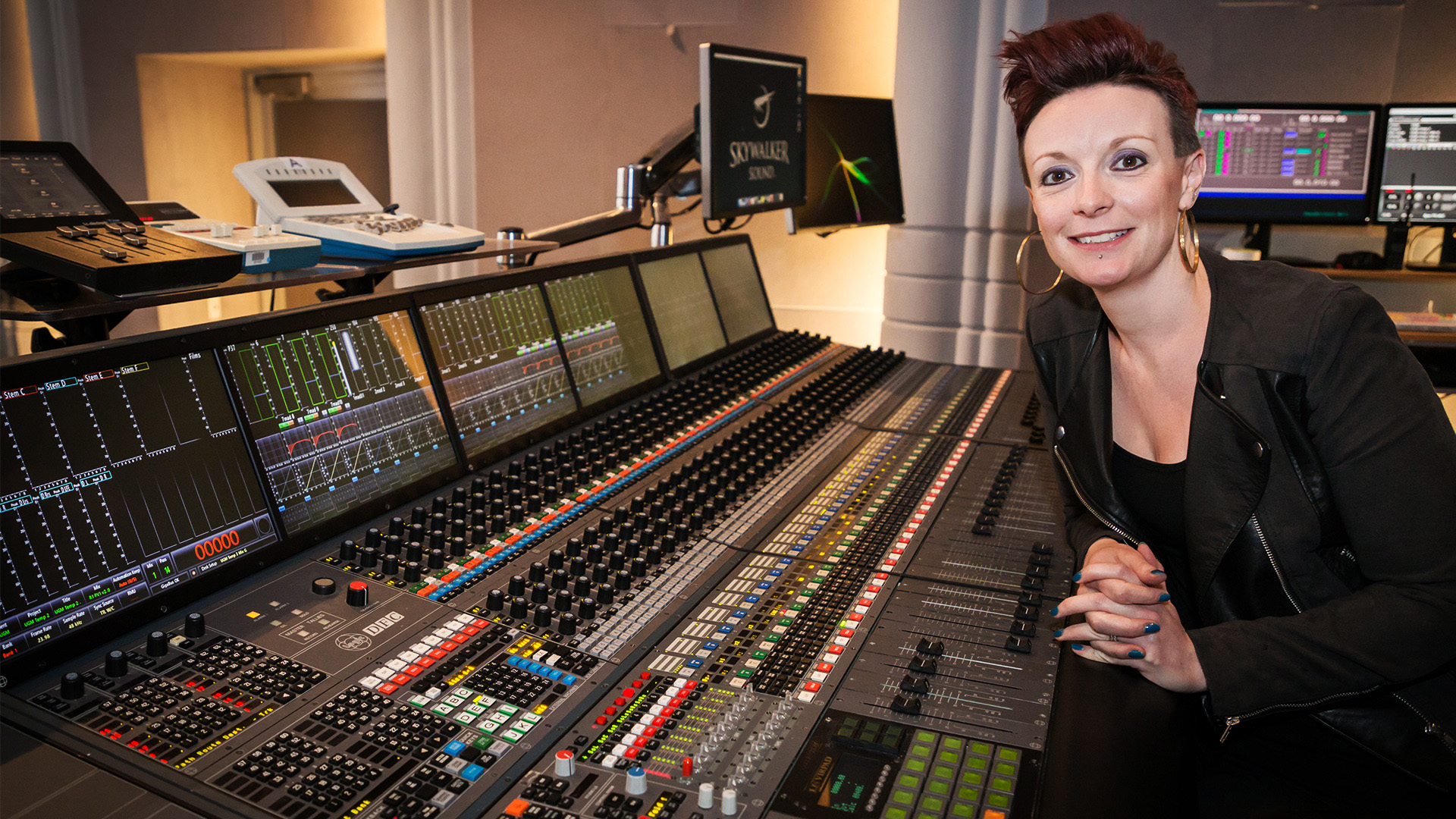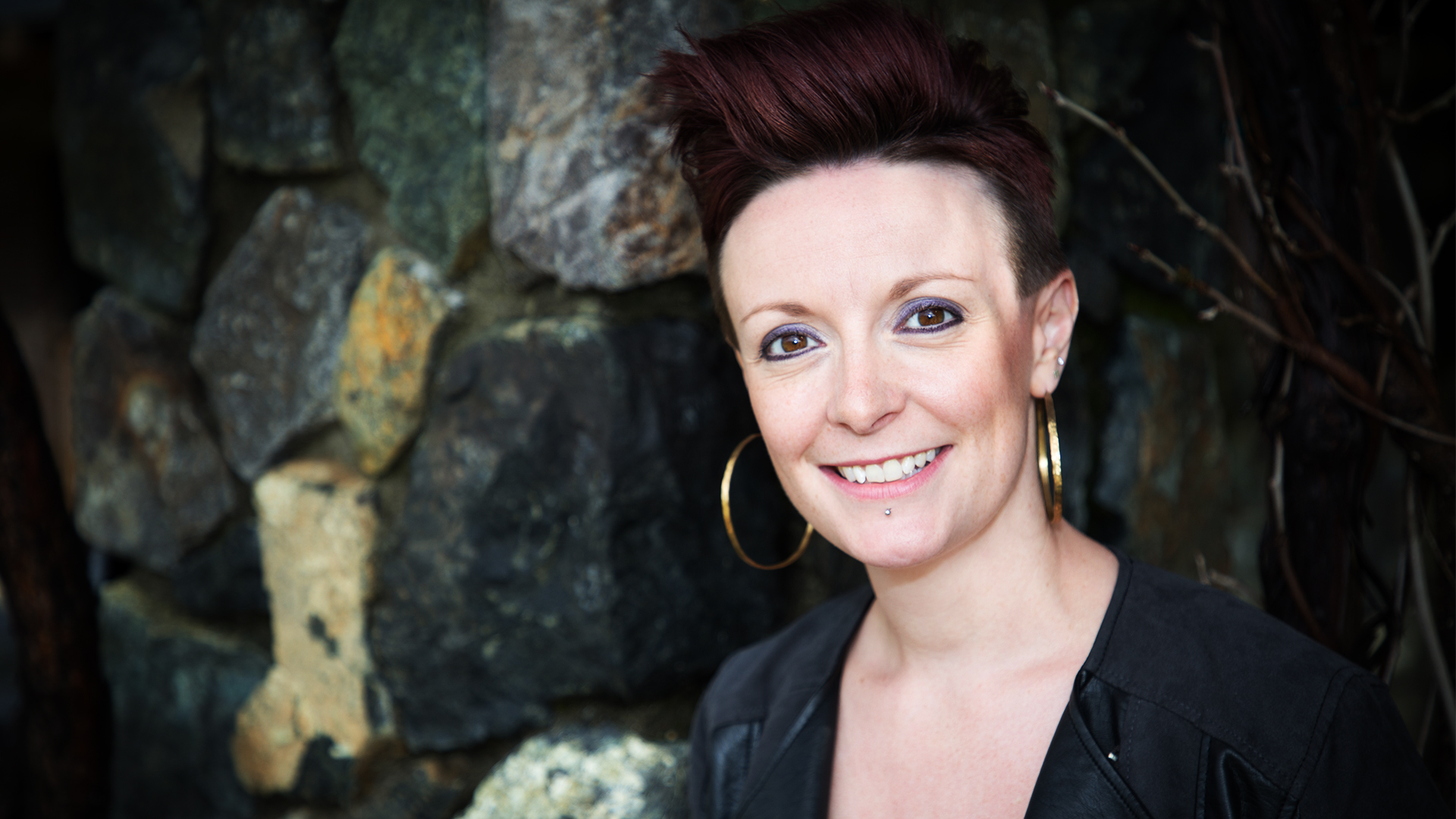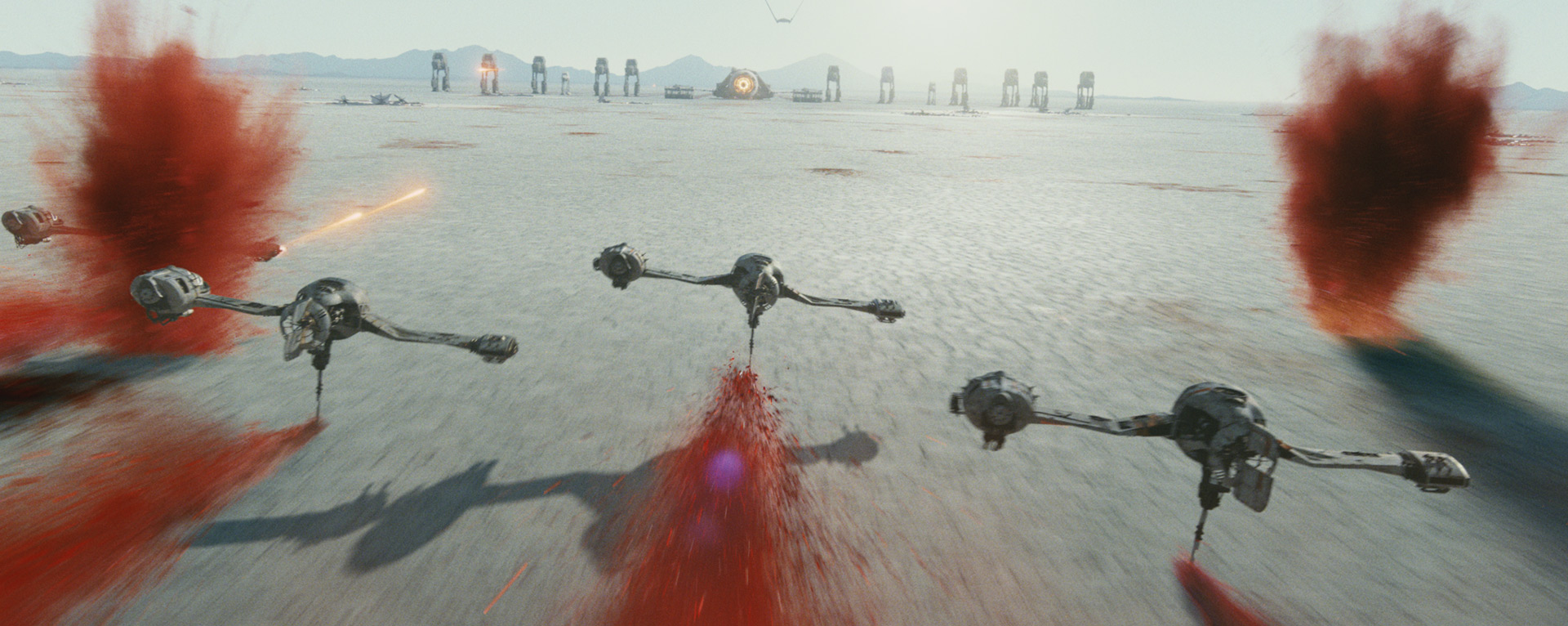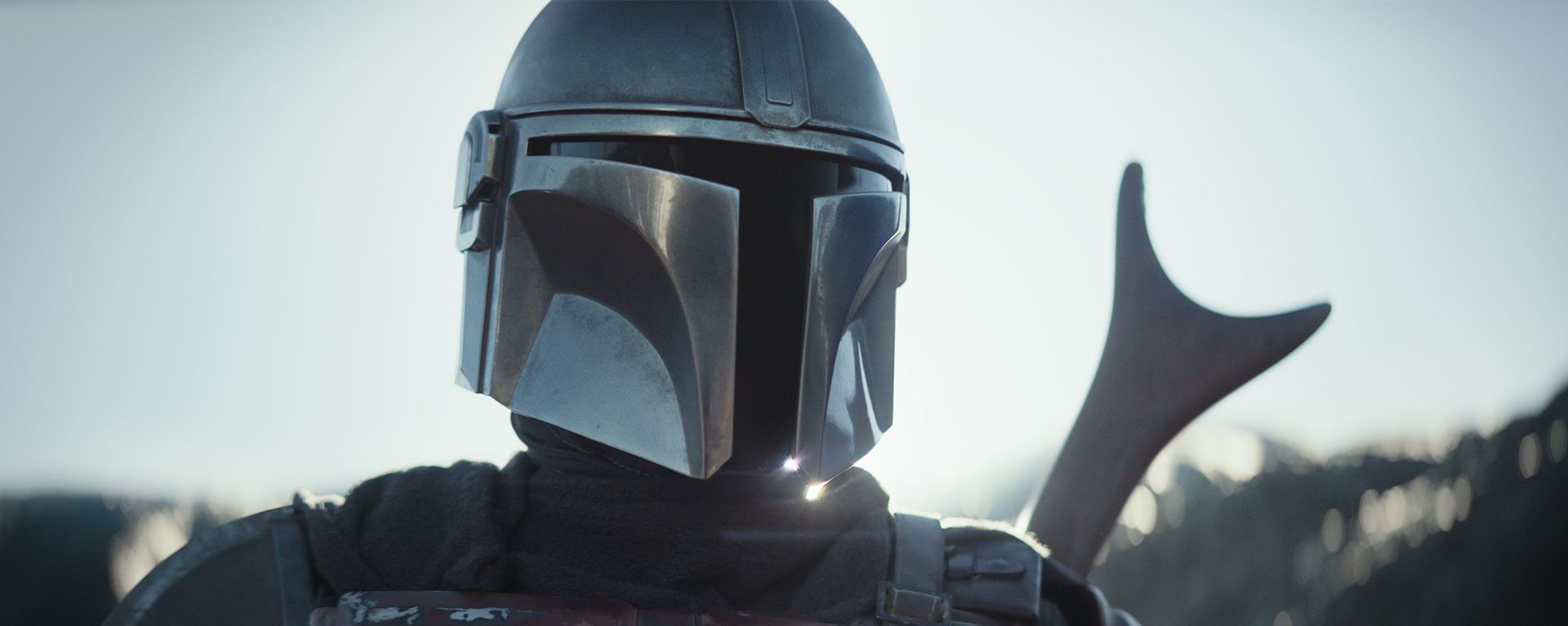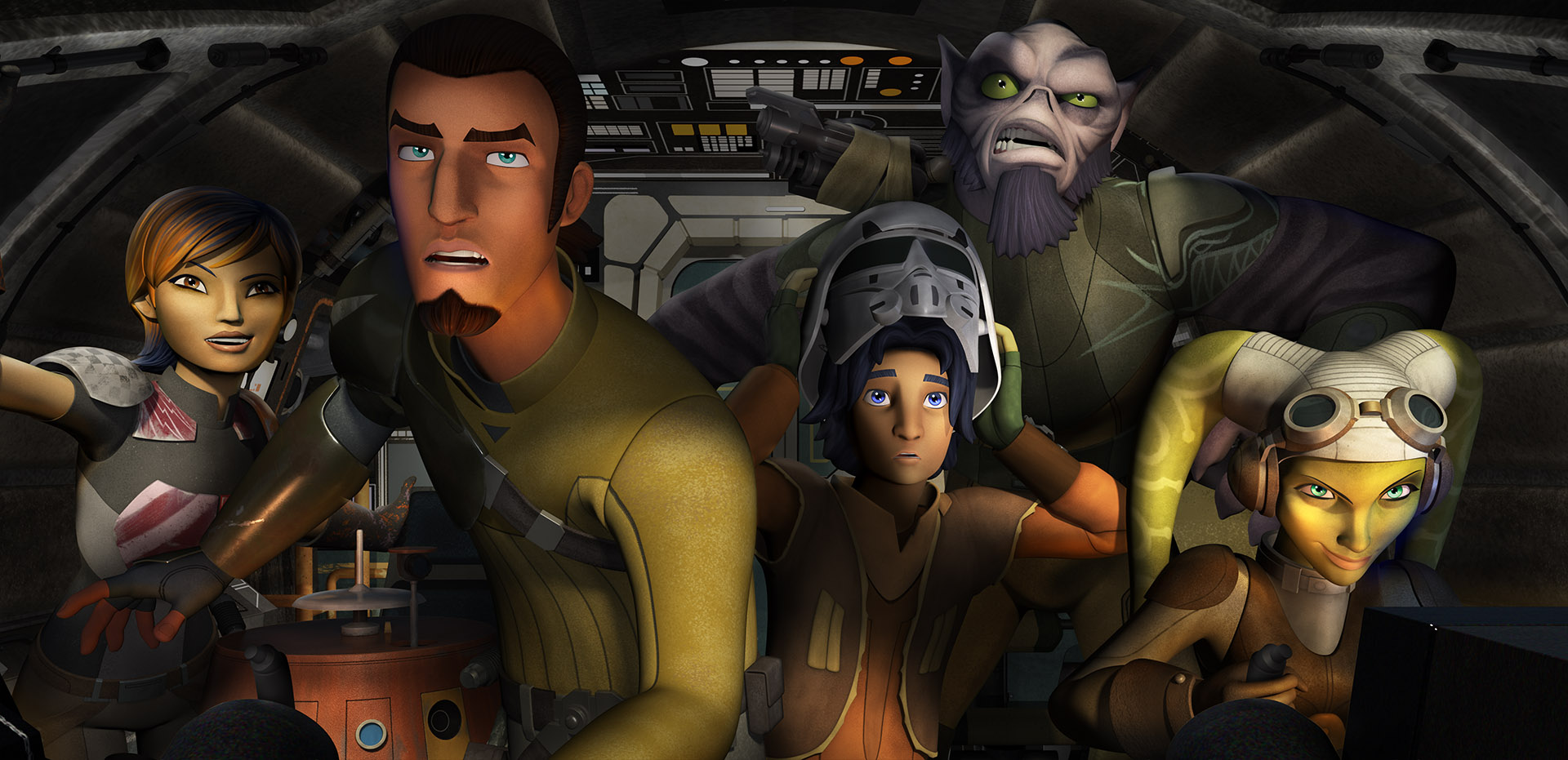Employee Spotlight: Bonnie Wild
The Sound Effects Editor Talks Realizing Her Lifelong Dream
Could you tell us your role and what your day-to-day responsibilities are?
I am a Sound Effects Editor and Re-recording Mixer. So it depends on the state of a certain project, but I’m either cutting sound effects or mixing them together. Quite often I do both tasks on a show, one after the other.
When did you start here at Skywalker Sound and in what role?
I started in 2012 and worked on our digital support team. I then became a mix tech on the editing stages. Then I transitioned into the roles I have now.
So you began on the technical side? Was that your focus earlier on?
I wanted to get into the building! So I took anything I could. I always wanted to work here since I started in the industry about 17 years ago. I worked in England for a decade in television sound. I was a runner, assistant, editor, and mixer, working for studios and doing freelance.
Do you recall how you first learned about Skywalker Sound?
No, it was always there! Of course I watched things like Star Wars, Indiana Jones, and Jurassic Park. I was a child of the 1990s so those films were a big deal. This place is where all of those sounds came from. It’s like Willy Wonka’s chocolate factory.
My dad was a television mixer in England. We’d always talk about Skywalker Sound. At other places there are often tight budgets and restrictions on what equipment and devices are available. We dreamed about the amazing tools that were being used here. This has always been a place to push technology.
Since your father worked in this same medium, how did he serve as an inspiration and mentor to you?
He really enjoyed his job, and that was a big influence for me. He would say that he never felt like he went to “work.” When I was young, I did not necessarily think that I would work in the same field as he did, but I understood that you could find a career that was not a burden or felt taxing. Even today, when things get very busy and challenging, I can still sit down at my board and think, “This is great!”
So what was it like to finally arrive here?
It was everything I expected and more. We only do sound here, so everything is geared to that discipline. Everyone here is focused on that, and how we can do things better. How can we give people all the tools they need to be creative? That was amazing.
When I started in digital support, one of my jobs was to install plug-ins on machines for editors and mixers. I thought I’d end up telling people “no” most of the time because of the limitations I’d experienced working elsewhere. But instead we were committed to getting the artists whatever they needed to do their jobs well. That was incredible! That’s how it works here.
How long did you work in those technical roles?
It was a couple of years. I probably spent about eight or nine months in the digital support role. After that I did a year working on the stages. I then got the chance to work on Star Wars Rebels. Supervising Sound Editor Matthew Wood had heard that I used to work in television as a mixer. They asked if I could do that on the animated show, which was about to start its second season. They also asked if I could cut sound effects. You always answer yes!
Had you worked in animation before?
I don’t think I had. I worked on some children’s drama programs, but Rebels was my first animation job. Not only do you have to create an entire soundscape for a show like that, but for Star Wars we’re committed to matching the quality of the feature films. It has to sound like the Star Wars galaxy. We use both legacy sounds and make new ones. Everything has to be right.
Were you a Star Wars fan?
I’m not sure if they knew I was a fan at that time, but it definitely helped that I already had this love for Star Wars. We don’t want to disappoint the fans by having something incorrect in the show.
And is it true that you did a few voices for Rebels?
That’s right! Executive producer and supervising director Dave Filoni would sometimes ask me to do a voice if there were characters who needed a British accent. I’m a good PA announcer and things like that. I did many Imperial characters, some computer voices, and I was a Rebel pilot once but the character didn’t last too long! And other people working on the show appear as well, including Matthew Wood and Dave Filoni himself.
Star Wars: The Last Jedi was the first feature film you had a chance to work on. What was that experience like?
It was so good! By that point, I knew the Star Wars sound library from working on Rebels. It was a great skill to have. So I was asked to work on Episode VIII. It was a huge amount of work, but it was so much fun.
Is there a part of your work on The Last Jedi that stands out for you?
I got to work on the sequence on Crait with the Resistance ski speeders. When I first watched it, I wasn’t sure if I could do it, but Sound Designer Ren Klyce had made lots of cool sound effects for that planet. It was a great palette. So it became a jigsaw puzzle for me. What do I want to hear in a certain place? What story point is important in this moment? Whether it was Finn’s speeder or the massive cannon, you have to focus on the story. Soon as that’s clear in your mind it gets easier.
Can you tell us about your work on The Mandalorian?
I was a Sound Effects Editor and Re-recording Mixer on the show’s first season. That was my big project this past year.
To clarify, how do your roles in editing and mixing differ from sound design?
I don’t do the miraculous witchcraft side of things! The designers make a palette of sounds and create a world. For The Mandalorian, it was Dave Acord. We’ll receive notes from the directors and producers, Dave will make the new sounds, and then we’ll build out a soundscape that combines newer creations with those familiar legacy sounds.
Is there anything from The Mandalorian that has been a favorite to work on?
I really like the armor of the Mandalorian himself. Dave Filoni emphasized to us how well the armor actually works. It can really deflect a laser bolt. We wanted to hear those sounds and make them distinctive. His different weapons have very cool sounds, such as the disintegration effect.
Is it a challenge to sort through all these amazing sounds?
Yes it is. We have to use new sounds to match all the new visuals. There’s a balance between the comfortable, familiar sounds and taking risks with new things. The show feels like Star Wars but it has its own grounding and personality.
Do you also work with the musical score?
Yes I do. The music arrives at my desk already edited and mixed. The composer Ludwig Goransson will do that with his team. My job is to mix the dialogue, sound effects, foley, and music into the show.
Have you had any mentors here at Skywalker Sound?
Matthew Wood and David Acord are both fantastic. David encourages me to try new things and teaches me good tricks. He is so giving with his knowledge and experience. Matt and David always have good notes on my work. It’s always about making it better.
Is there any advice you might share with those who aspire to work in your field or pursue their own dreams of any kind?
You just have to keep trying. From the start, my goal was to come to America and work here at Skywalker Ranch. That was my plan. I knew things would have to come before that, but I wasn’t going to change the endpoint. If that’s what you want to do, you have to keep working towards it. Don’t make another plan just in case that doesn’t happen. Stick to it.
It’s wonderful to speak with someone with such genuine passion for their work!
I almost cry sometimes. It’s a big deal. You look around this place and think about all these people. There’s Ben Burtt up there who made the lightsaber sound effect. Gary Rydstrom made the t-rex sound for Jurassic Park. That is definitive now. If a scientist came out and told the world “this is what a t-rex actually sounds like,” we’d all say, “actually we’re going to go with what Gary made if that’s alright!”
